It’s time to explore binary code! Have you wanted to introduce simple computer-free coding ideas to your kids? Our Valentine’s Day coding activity is perfect! Find out what the binary code for love is with this simple hands-on Valentine STEM activity.
HEART CODING BRACELETS FOR VALENTINE’S DAY
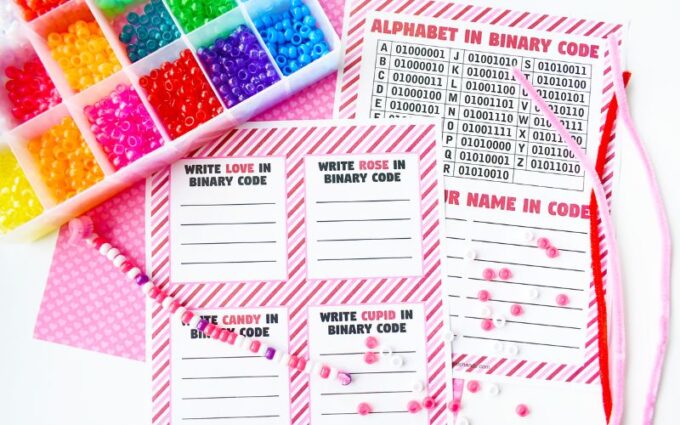
CODING ACTIVITIES FOR KIDS
Screen-free coding with a craft! The binary alphabet we used for our Code Valentine’s Day project is easier to understand than you might think.
Binary coding is a way of representing information using only two digits: 0 and 1. It’s like a secret language that computers use to communicate. In binary, each digit is called a “bit,” and computers use combinations of these bits to represent different things, like numbers, letters, or colors.
Learn how the computer speaks and why A isn’t just A to the computer. It’s pretty cool and fun for kids who are into computers. It’s a great introduction to coding with a hands-on activity, too!
This is a fun STEM craft for kids who aren’t necessarily into crafty projects. The colors and patterns have a specific purpose because you use the binary code. This a great hands-on way to explore coding without the computer and make a gift for a friend or family member.
Check out more fun coding activities…
Click here to get your free printable Valentine’s Day coding worksheets!
VALENTINE’S DAY CODING
You can also try out code using LEGO pieces if you have a brick-building fan! Jewelry beads and twine can also be used to code fun bracelets. Large safety pins and beads can create friendship pins with an initial!
SUPPLIES:
- Pipe Cleaners
- Pony Beads
- 8 Bit Binary Alphabet
HOW TO MAKE A CODING BRACELET
STEP 1. Pick a color to represent the number 1, and pick a color to represent the number 0.
- You also need to pick a different color bead to separate the letters. These are just spacers.
- A good thing to remember is that each letter in the binary alphabet is pretty long. Each letter consists of a pattern containing 8 digits called bits.
- You might consider starting with short words, as all those digits fill up space quickly!
- We fit three and four-letter words on our single pipe cleaner heart. You can attach more pipe cleaners for longer words.
STEP 2. Bend a pipe cleaner in half to form the bottom of the heart.
STEP 3. Pick your first letter and thread the appropriate color beads onto the pipe cleaner. You will have to maneuver this set of beads past the bend as well as a few beads of the next letter. Continue threading your letters using the binary alphabet.
Make sure to separate the letters with a bead!
We used these words: MOM, DAD, SON, and LOVE for our Valentine’s coding activity!
Once you have completed your word, bend the ends in towards each other and twist. You can shape your heart as you go. This is the word LOVE below.
My son is holding the binary word for “LOVE” which he made along with SON for our Valentines Day coding project. I made the words MOM and DAD. I would love to get some ribbon and making a hanging decoration out of all four beaded hearts!
This is an excellent, playful way to learn about the Binary Alphabet and a great introduction to computer coding!
More Fun Valentine’s Day Science Experiments
You can find all our Valentine’s Day science experiments here, including…
- Valentine Magic Milk
- Candy Heart Oobleck
- Heart Lava Lamp
- Valentines Skittles Experiment
- Dissolving Candy Heart Science
- Grow Crystal Hearts
- Water Displacement Experiment
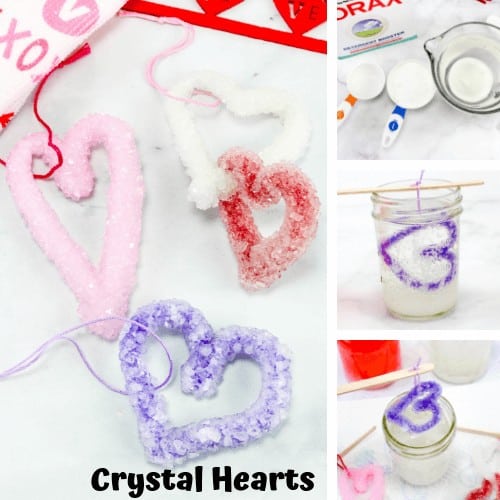


Printable Valentine STEM Project Pack
Countdown to Valentine’s Day with science and STEM! Pack includes complete instructions, templates, and images for 20+ activities. Bonus: printable science Valentine’s Day cards!


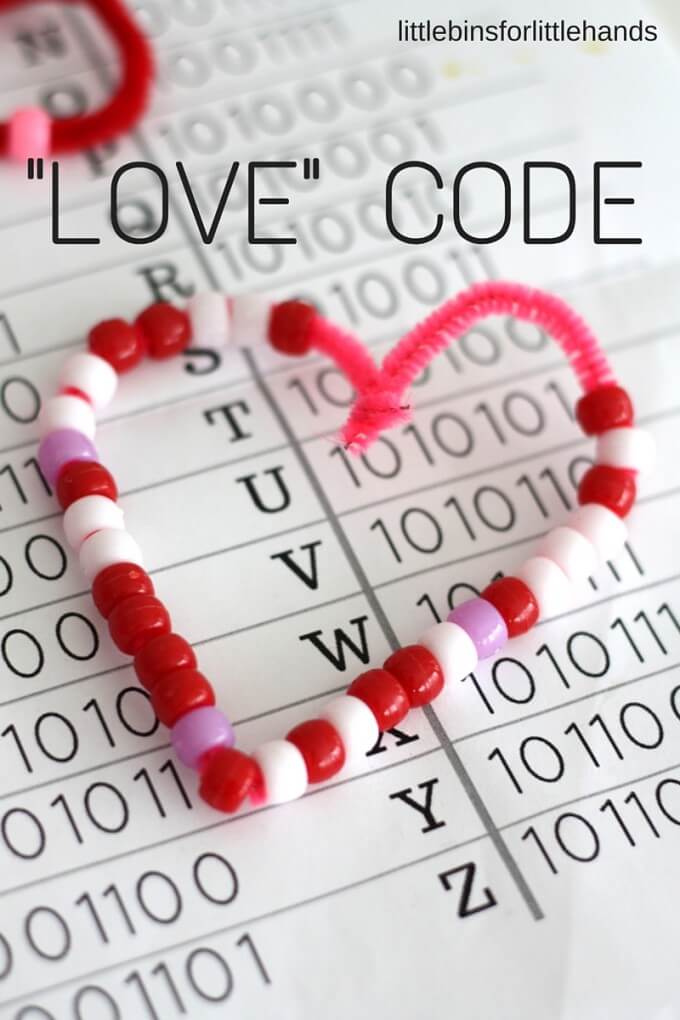
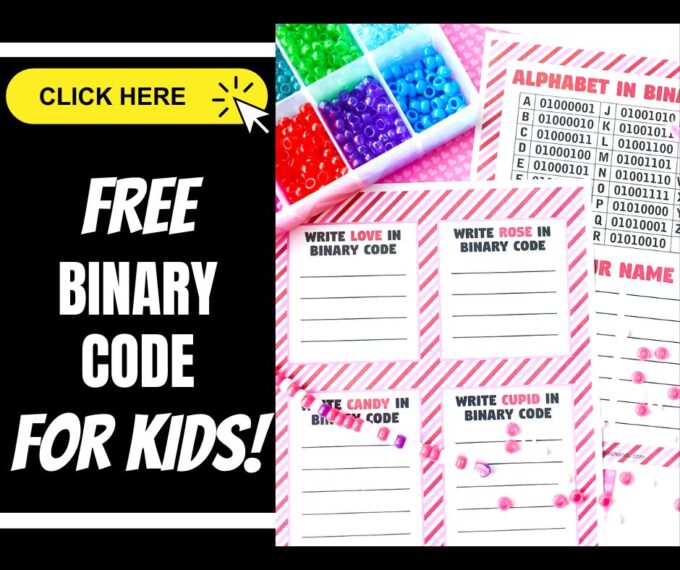


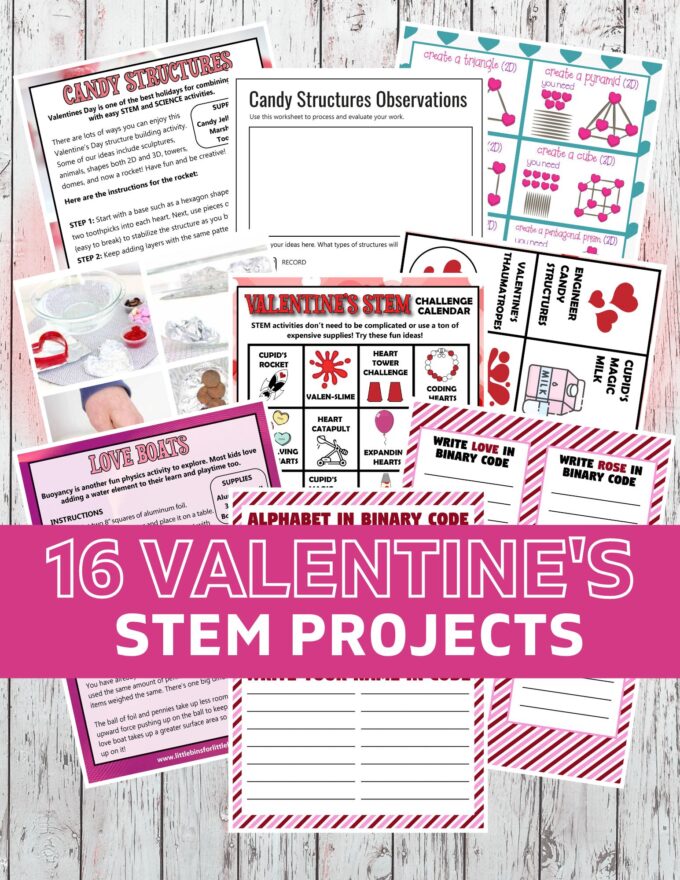






Your main take on binary options trading is well thought out, I most certainly will readily share this with my readers.
beautiful
The binary alphabet is composed of EIGHT bits, not seven. Capital and lower-case letters are different.
Your chart is incorrect, as is the statement that the binary alphabet is composed of seven bits.
The resource that you’ve cited states this clearly:
“… computers don’t use the letter A. They use the eight character binary number 01000001 to represent A. This binary numbers tutorial describes what binary numbers are and how to calculate them.”
It was originally defined as a 7 digit code and there are extension son the alphabet that are 8 digits. I will update to include a printable 8 bit version.
Thanks for the lovely ideas
we are going to use this I don’t care about the 7 bit, but I just wanted to suggest that you put your sitename on the paper so we can find you again. 🙂 thank you!